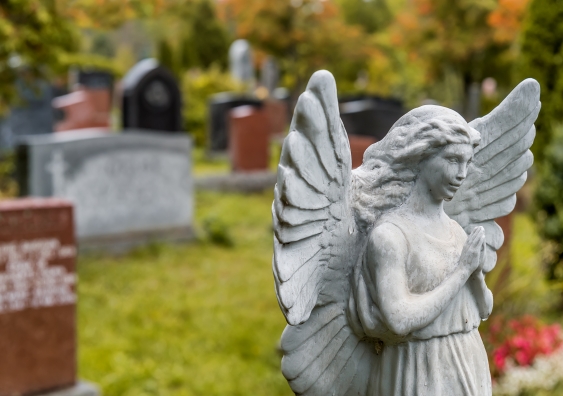Housing the dead: what happens when a city runs out of space?
The lifespans of existing cemeteries in major Australian cities are severely limited so we need to consider our burial options before available spaces are exhausted, write Kate Ryan and Christine Steinmetz.


